Thanks partly to the Burlington Housing Action Plan, which calls for housing up to 900 collegians “potentially on one to two carefully-selected downtown locations,” we’re going to be hearing a lot, over the next few years, about something called “purpose-built student housing.”
That’s because the new wave of student housing around the country is being generated by private developers on behalf of colleges and universities, as would be the case in Burlington. And what these developers say they’re putting up is “purpose-built.”  Such as “The Knox,” in Knoxville, Tenn., near the University of Tennessee campus.
Such as “The Knox,” in Knoxville, Tenn., near the University of Tennessee campus.
Now, you might well wonder: “Purpose-built” housing as opposed to what? Pointless housing? (Perhaps examples of the latter spring immediately to mind.)
So, what does “purpose-built” mean? Here’s the Merriam Webster definition:
Designed and built for a particular use
Like, to be lived in? As in, duh, apartment building? There must be more to it.
Students aren’t the only target of “purpose-built” developments. A cursory Google search turns up “purpose-built” developments for older people, disabled people, mixed-income people. A prime example of the latter is East Lake, a revitalized neighborhood in Atlanta that used to be a rundown public housing project.
Take note: “Purpose-built communities” and “intentional communities” are not the same thing. (“Intentional communities” as opposed to what, you might wonder. Accidental communities?)
The purpose-built phenomenon seems to be hot in Canada. Check out Mirvish Village in Toronto, which prides itself on its diversity. The website does not make it easy to discern, however, how much it costs to live there.
OK, so what’s special about “purpose-built” student housing, as distinct from a plain old privately contracted dorm? (Redstone Lofts on UVM’s campus, privately built and managed, would be an example of the latter, sort of. Nobody was describing that as “purpose-built” when it went up a few years ago.)
The amenities, apparently.  Roof decks, hot tubs, climbing walls, flat-screen TVs in every suite, swimming pools, those sorts of things.
Roof decks, hot tubs, climbing walls, flat-screen TVs in every suite, swimming pools, those sorts of things.
Very well, let’s imagine six-story “purpose-built” student housing on the northwest corner of South Winooski Avenue and Main Street, the parking lot next to the fire station. (Presumably the climbing wall and hot tubs would be on the inside, not accessible to passers-by.) Here’s what we’d like to know:
Will the inclusionary zoning ordinance apply, and if not, how can the ordinance be amended to ensure that a decent share of these “purpose-built” units are affordable?


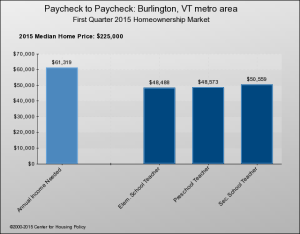
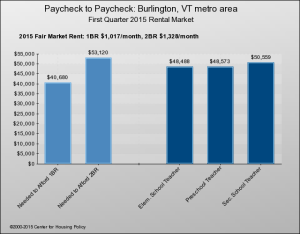




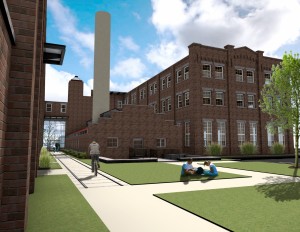

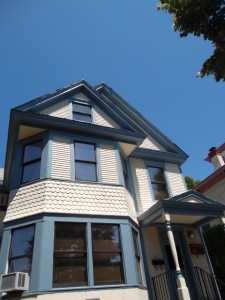





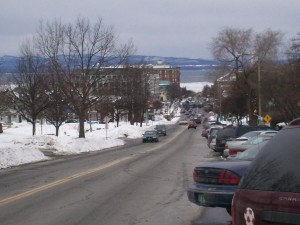
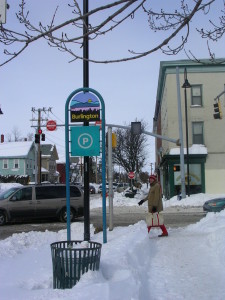


Another good option for “aging in place” is “home sharing.” Check out HomeShare Vermont for a good example.
http://www.homesharevermont.org/about-us/
“HomeShare Vermont helps people stay in their homes by connecting them with potential housemates who are looking for a place to live. While our primary goal is to help elders stay at home, we have found that people of all ages and abilities can benefit from homesharing. There are no age, ability or income restrictions to use our services. “